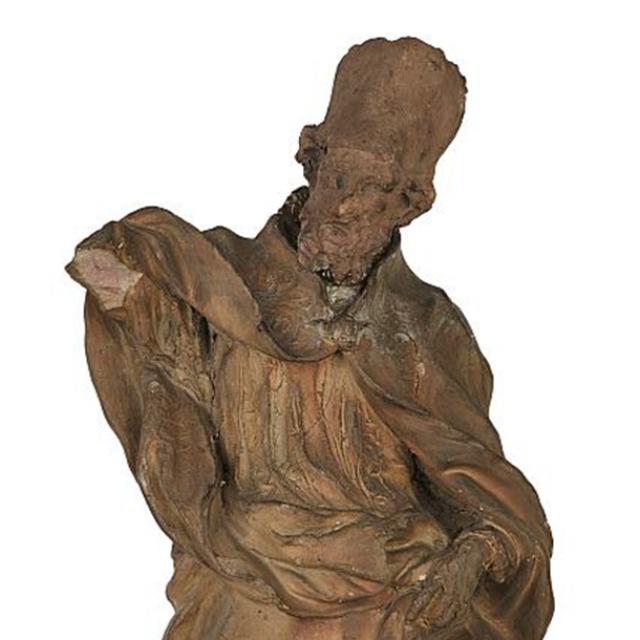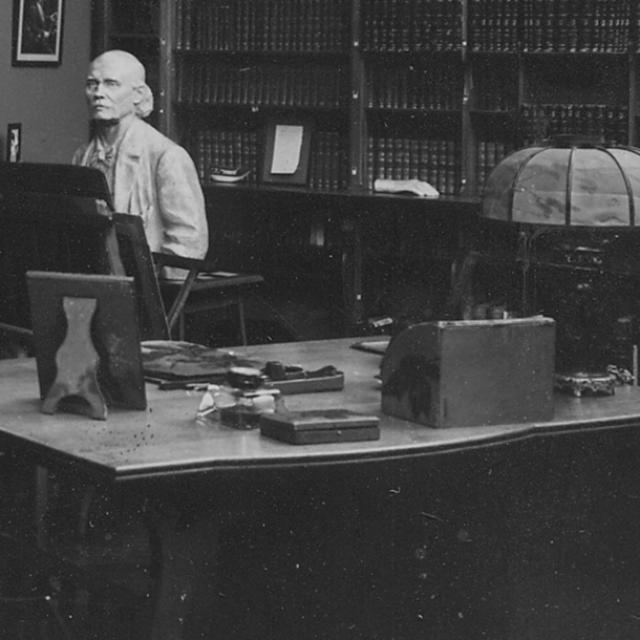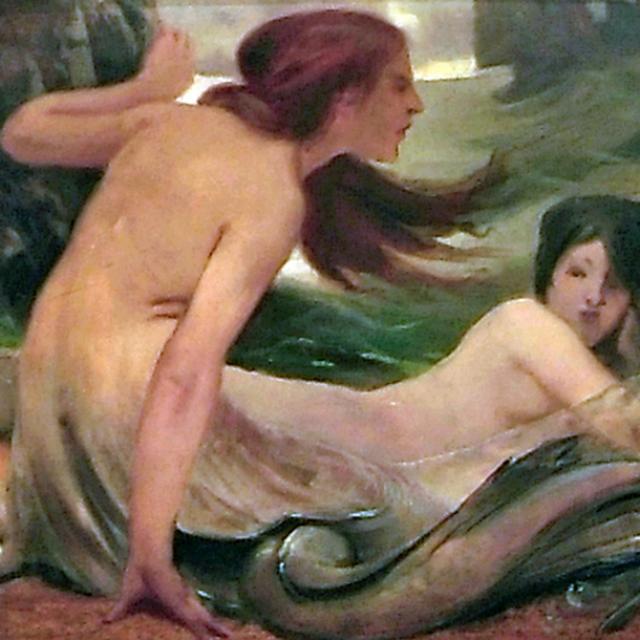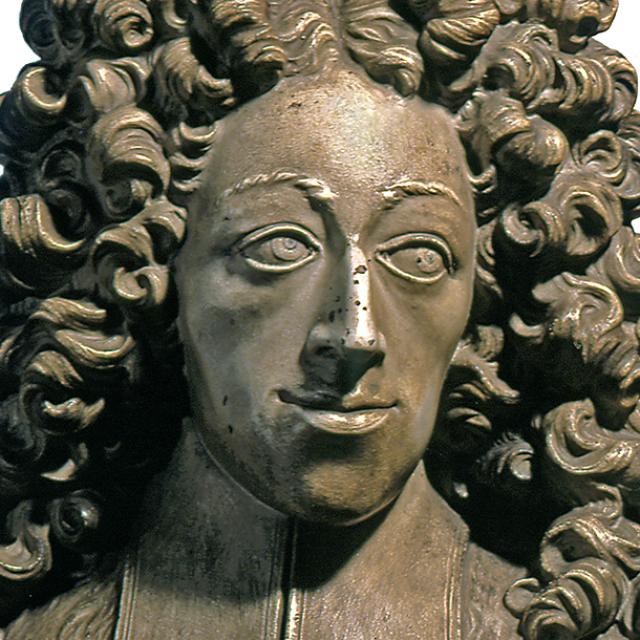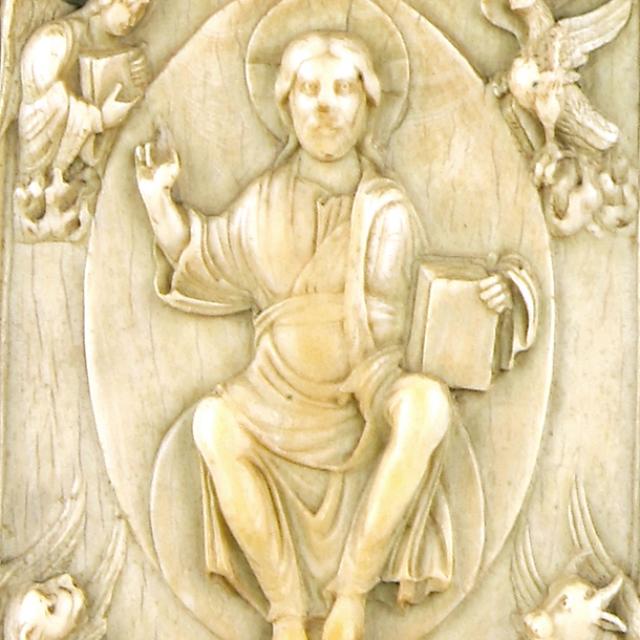Decorative arts
A key date in the history of the our museum's collections is, undoubtedly, 4 April 1850. The Liège Archaeological Institute was born from the impulses of Liège scholars, including Albert d'Otreppe de Bouvette, Ulysse and Félix Capitaine, Edmond de Sélys-Longchamps, Charles and Joseph Grandgagnage and Charles Delsaux.
The growing collections, which were the result of successful excavations, significant donations (Moxhon, Bronckaert, Granjean, Henri-Jean, Hennet, etc.) or deposits from the State, were housed successively in various premises of the palace of the Prince-Bishops, at the University Library of Liège and in Emulation.
On 12 October 1874, a first museum was opened in the wing of the Prince-Bishops' palace.
In 1896, the city of Liège decided to house its collections in Maison Curtius, which it purchased in 1901. Following major renovations under the direction of architect Joseph Lousberg, on 1 August 1909, Maison Curtius, a veritable gem of Meuse architecture, was inaugurated as the "Liège Archaeological Museum".
On 12 February 1903, the city of Liège, concerned about its heritage, bought the Hotel des Comtes Ansembourg, which had been the former home of Michel Willems and was built between 1738 and 1741. The links between the city and the Liège Archaeological Institute were strengthened: the Ansembourg Museum's scientific management was overseen by the latter.
After the restoration, a museum dedicated to the decorative arts of the eighteenth century opened on 10 July 1905.
Note that, with the 1958 opening of the Glass Museum, the museum complex became known as the "Museums of Archaeology and Decorative Arts of the City of Liège".
The Museum’s collection of decorative arts is particularly rich and varied. The sculptures are beautiful creations using marble, ivory, alabaster, terracotta, stone or metal, and represent the work of artists such as Jean Del Cour, Jean Varin, William Evrard, Arnold de Hontoire, etc.
The goldsmith collection is one of the richest, with masterpieces such as the Oranus goblet, dated to 1564, the cafetière made by Jean-Adrien Grose in 1763 and the three-tap fountain from Jean-Théodore of Bavaria.
Earthenware and porcelain pieces include beautiful examples from China, Italy, Germany, England, the Netherlands (Delft), France (Sèvres) and Belgium (Liège, Andenne, Tournai, Brussels).
This bust represents Lambert de Liverlo, Chancellor of Prince-Bishop Maximilian-Henri of Bavaria. It is slightly rejected back, which highlights the imposing character and the presence of this important character.
The Virgin and Child, known as "Virgin of Dom Rupert"
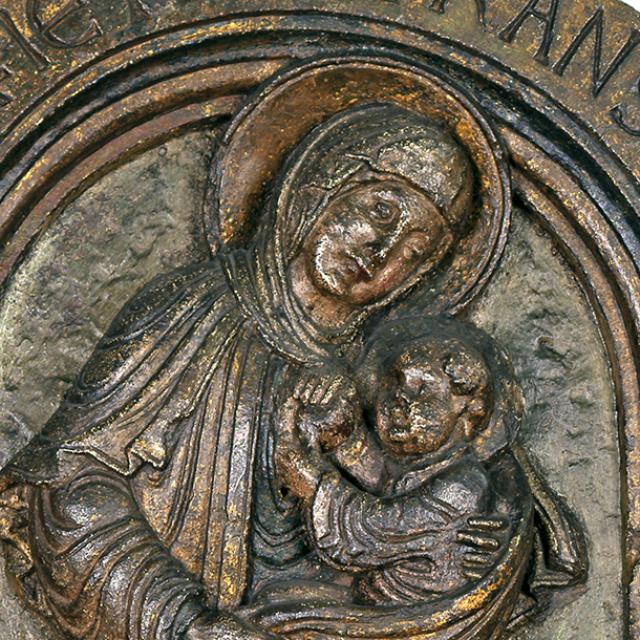
Bust of Chancellor Lambert de Liverlo
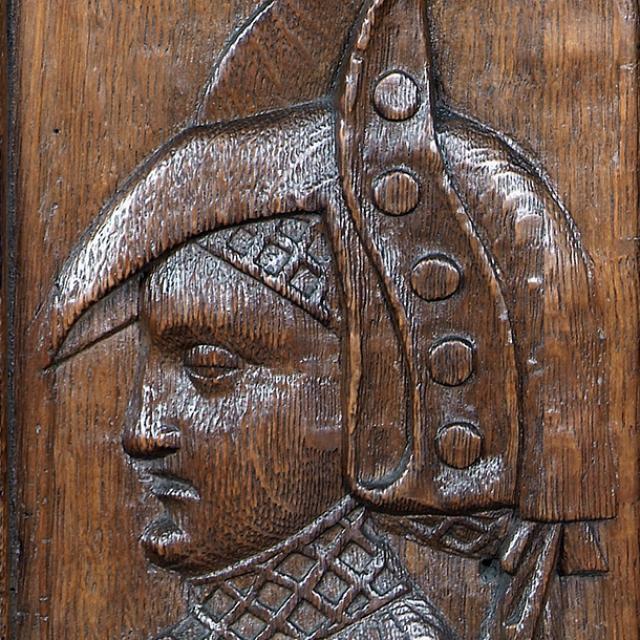
The unavoidable
Pair of Tournai porcelain vases
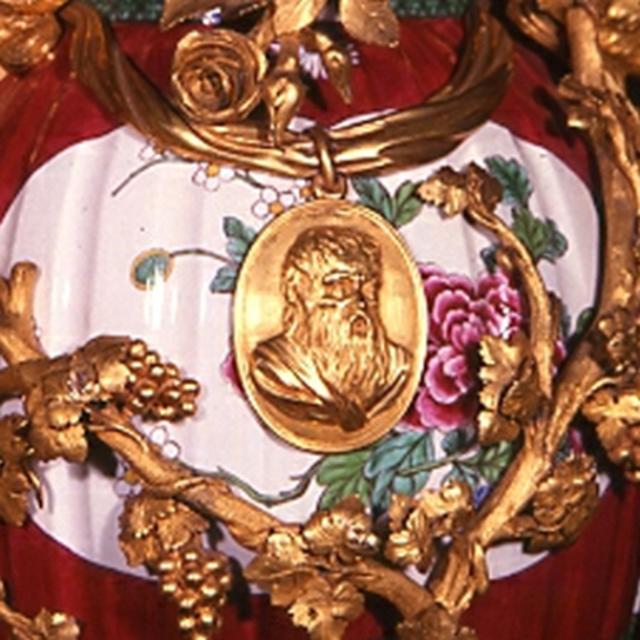
Gold snuffbox with a miniature of Napoleon
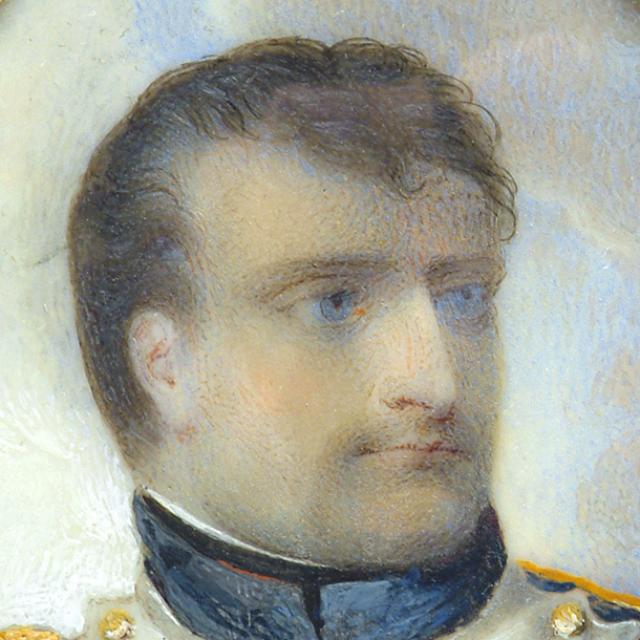
Silent piano by Grétry
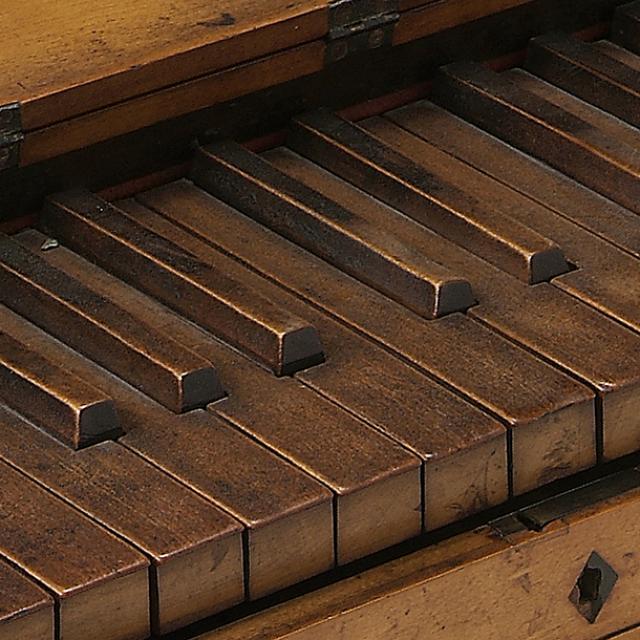
Guild chain
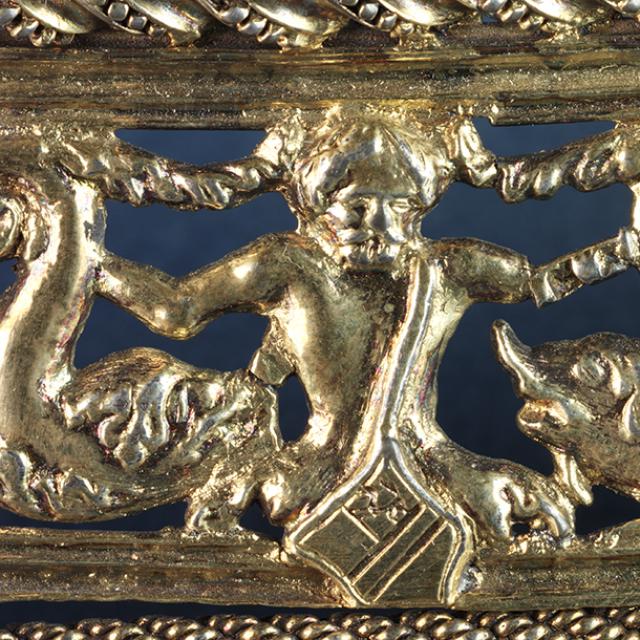
"The burial" and the Theux black marbles
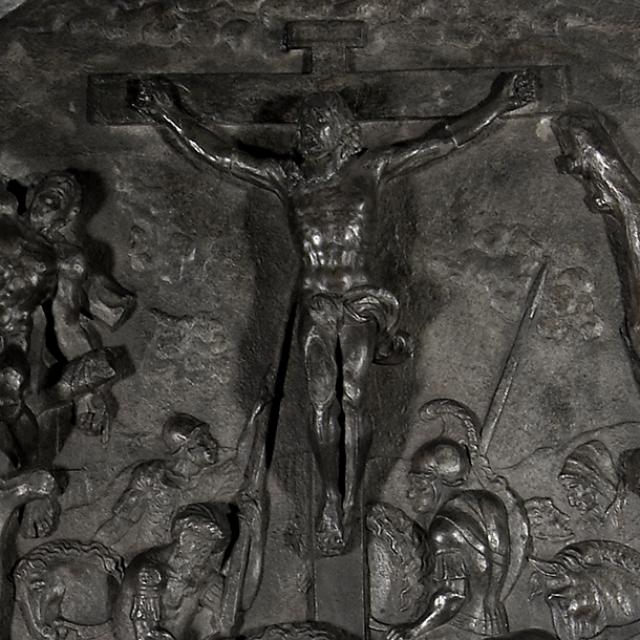
Furniture, known as Erard de la Marck
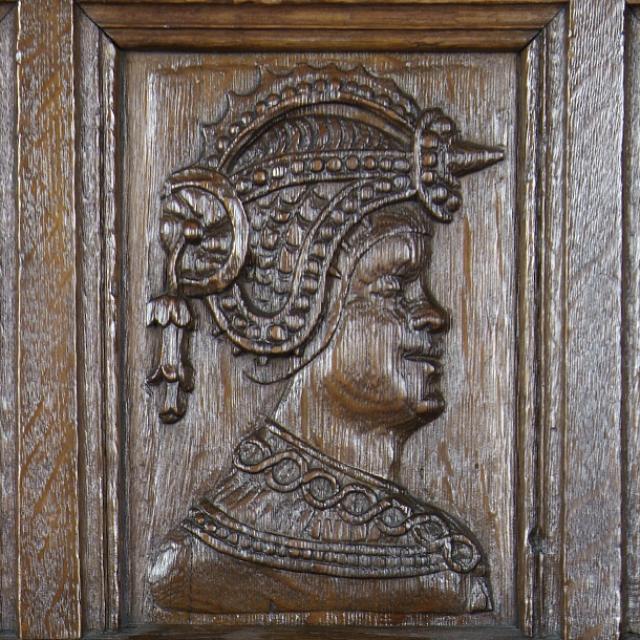
Oranus goblet
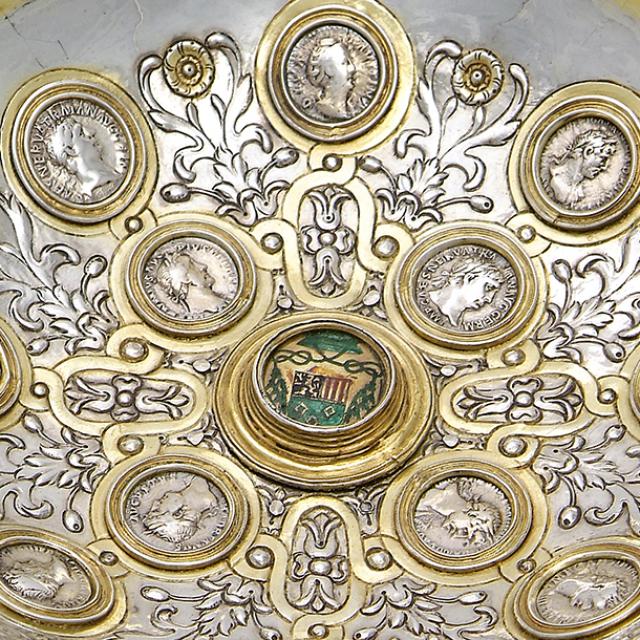
Tombstone of the knight Antoine
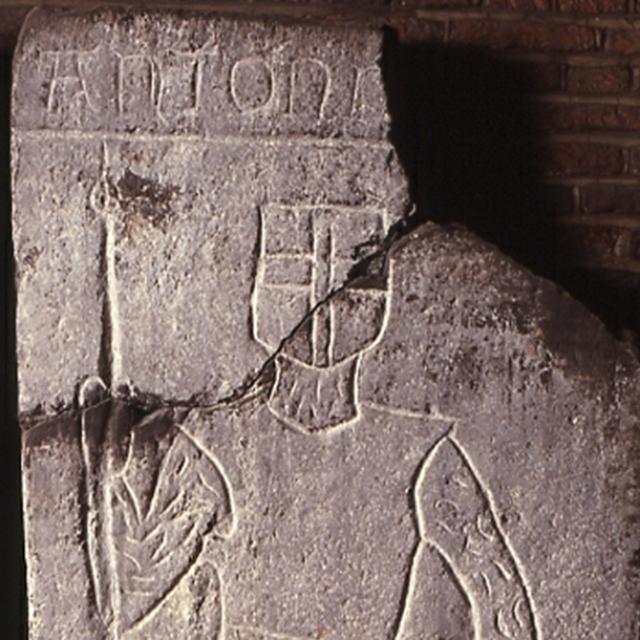
Tympanum said of the Mystery of Apollo
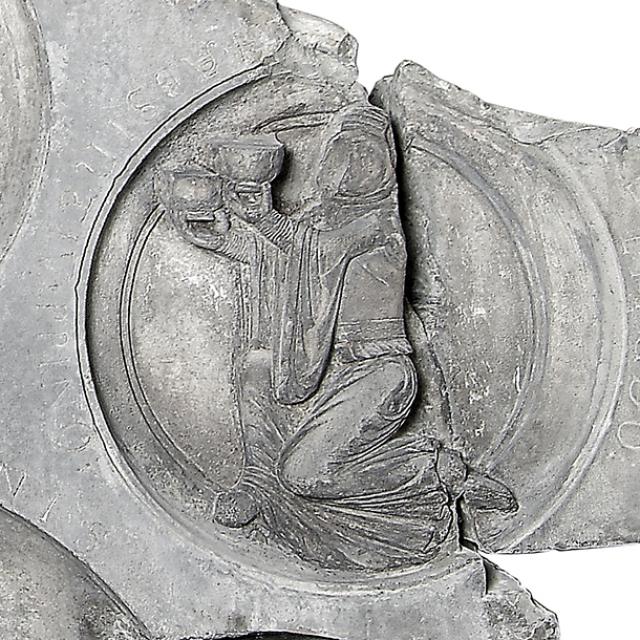
Curator's note
Throughout history, an artistic collection of decorative arts has been created, formed and enriched, thus enabling the development of applied fine arts. The richness and diversity of our collections highlight the know-how of an era,, in fields as diverse as goldsmithing, furniture, ceramics, porcelain, watch-making, brass ware, etc.
This visit will certainly transport you through time, much to the delight of your eyes and mind.
Soo Yang Geuzaine
